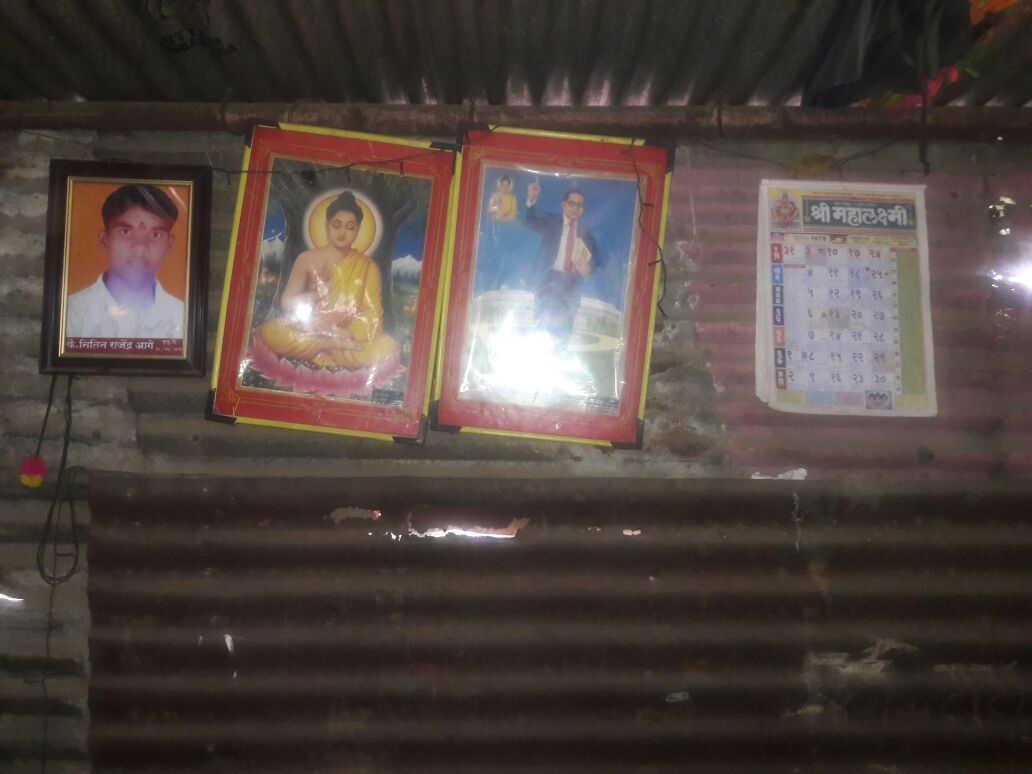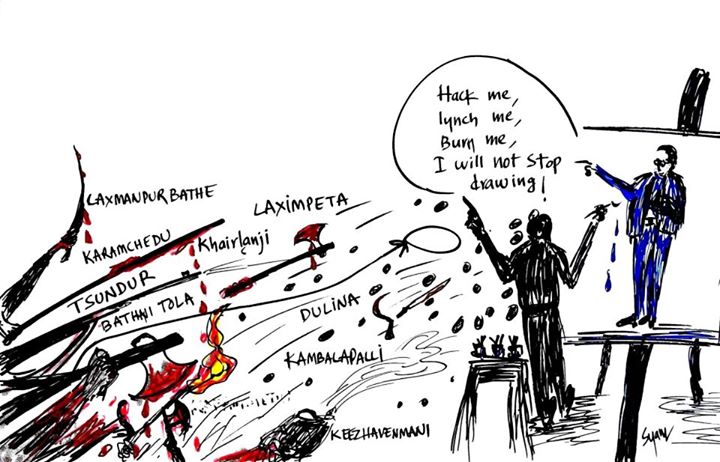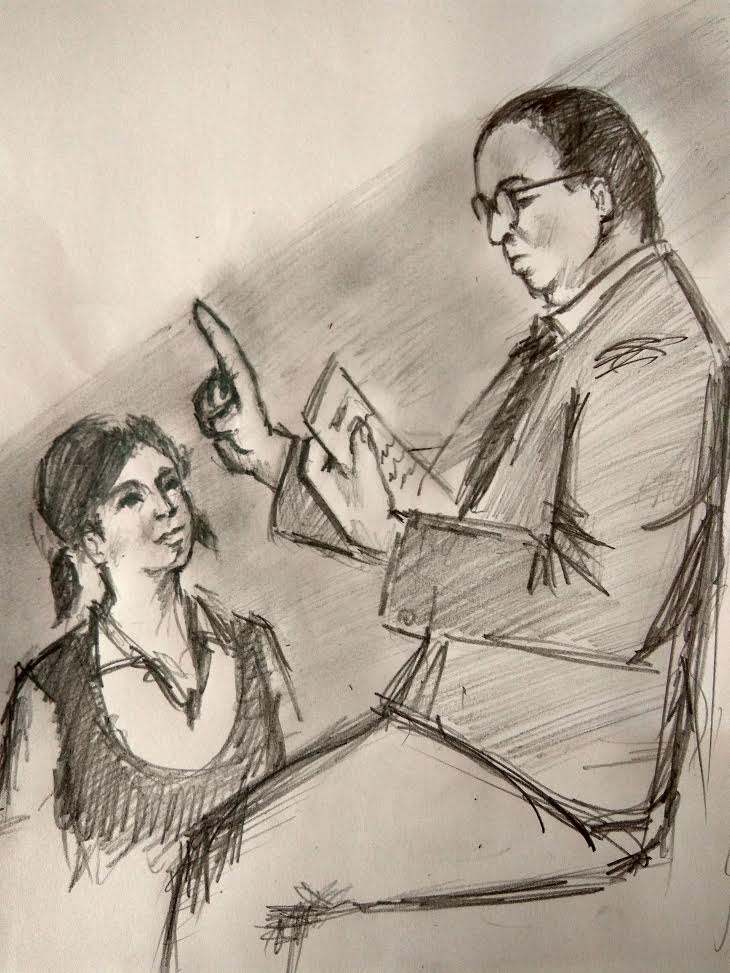Anoop Kumar
[Thanks to Taha for his comment on Gujarat riots and the role of Dalits which reminded me of this particular incident. I wanted to write about this since long but keep on postponing it as I didn’t have much material except what I heard at the seminar held in Pune University]
Almost two years ago, I met one activist from Chhaara tribe (a denotifed tribe that was legally notified as ‘criminals’ by British and were forced to remain in confined area and could never go out without police permission). All such ‘criminal’ tribes, basically nomadic, were forcefully settled in one place, from Maharashtra to Gujarat to UP to Rajasthan.
Though now denotifed but the society and the administration still treats them as criminals, even after 60 years of Independence from British rule. They hardly get any jobs, have very low penetration of education and are still seen as walking criminals and treated as such by all.
Still the police comes to these ‘criminal settlements’ to raid and ‘catch’ the culprits if there is petty crime anywhere in the city and also come to arrest youth from the community to ‘parade’ them as culprit for some unsolved crime and sometimes pay them for that in cash
Coming back to my narrative, this friends of ours named Dakshin (whom, unfortunately I have met just once that too no personal interaction) is quite well known activist from Chaara community in Gujarat. He is an educator, a theater artist and has formed a group from within the community to generate awareness among the community, to fight the stereotyping prevalent outside the society and also to fight against the police brutality that happens on almost daily basis.
He lives in a place called Chaaranagar (a ‘criminal settlement’ since British times) in the middle of Ahmadabad, Gujarat.In the seminar, he spoke on his group and his experience of using theatre as medium for generating awareness.
During this presentation, he showed his resentment against Tehelka’s sting operation on Babu Bajrangi and other rioters-in-chief, which happened just on the eve of last Gujarat elections.
According to him, Tehelka provided a space, though unwittingly, for people like Babu Bajarangi to gloat over ‘Chaaras being the true and robust Hindus who killed Muslims and we need all other Hindus to eat meat and become merciless killing machines like Chaaras’ and played directly in the hands of RSS and VHP.
However, the truth was according to Dakshin, that except for a few, no Chaaras participated in the riots and the killings. And those who participated were all known criminals, not ordinary Chaaras.
According to Dakshin, who is very well respected in the Chaara community, he was present in the settlement and was active with his group to prevent the participation of their youth who were constantly being lured by the possibility of ‘riches and women’.
He challenged Tehelka to prove what Bajrangi said about Chaaras and closed the presentation by saying that if Chaaras would have participated in the riots, then why the Muslim shops and houses around their settlements were not burnt and looted, why all that happened in middle class localities.
But his voice never came across to all the secular brigades who started showing their deep ‘pain’ and ‘anguish’ over the ‘participation of dalits and especially tribes’ in killing of Muslims.
Even Tehelka never bothered to understand why Babu Bajrangi and others were gloating so much while talking about the role of Chaaras in Muslim killings in Ahmadabad. They never bothered that publishing whatever Babu Bajarangi was saying would further consolidate the stereotyping of the community that is already under siege and also help RSS and other right-wingers in their attempt of hinduising the community.
[ Please also read one of the past issues of our Insight magazine (Jan-Feb 2005} on Caste and Nationalism by clicking here ]
Date: July/10/11










